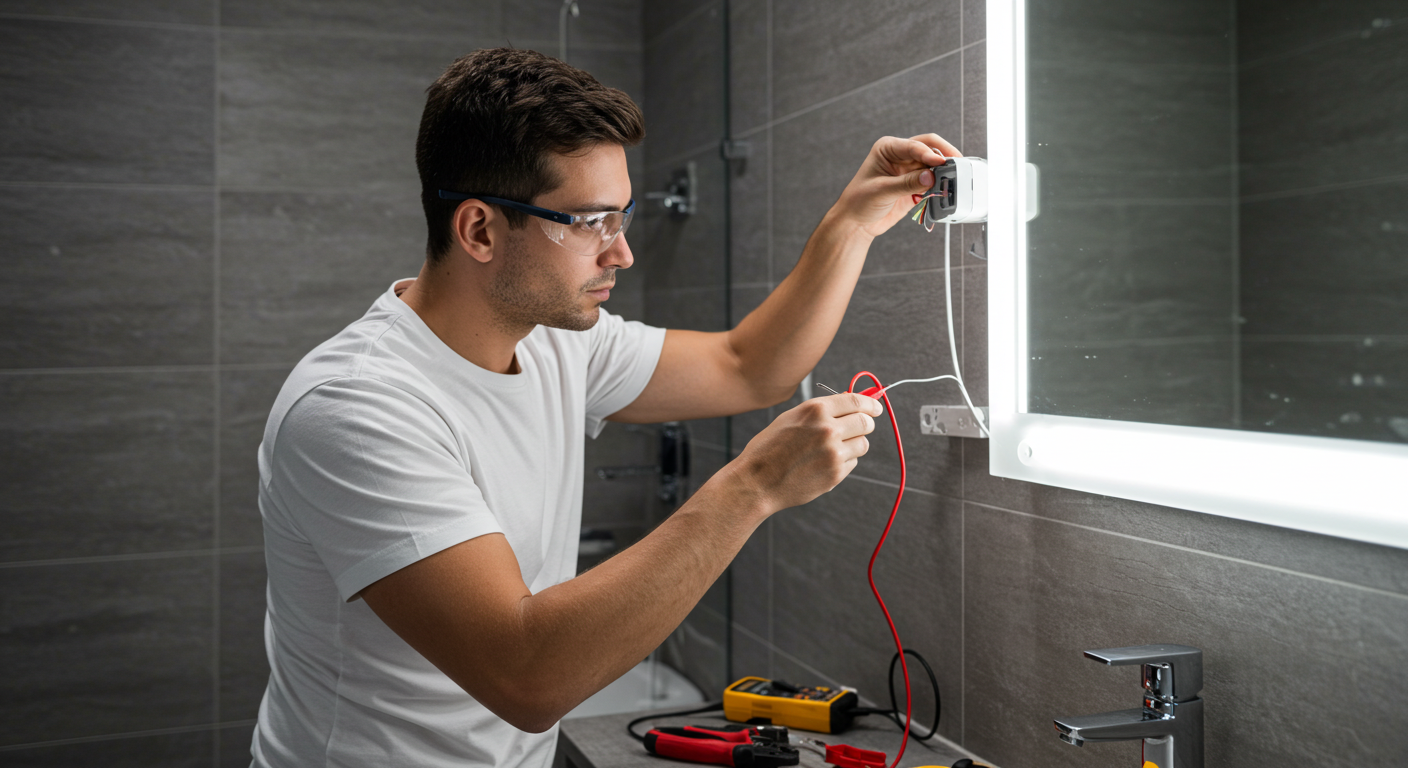When you buy a used car, knowing the history of repairs and maintenance is the most important step you can take. A vehicle’s service history is a complete report of all the times the car has been worked on. This includes small tasks like oil changes and tire rotations, and big jobs like fixing the engine or transmission. Finding this history for a Toyota, which is famous for its long-lasting quality, is easier than for many other car brands because Toyota dealerships keep great records. The goal is to find proof that the car was cared for on a regular schedule, not just when something broke down. This search usually involves three main steps: checking official digital records, reviewing paper documents, and using a Vehicle Identification Number (VIN) report.
Why Looking at the Past Helps
A car is an expensive machine, and ignoring maintenance can quickly turn a good deal into a costly problem. If a seller cannot show you when the oil was last changed or when the brakes were replaced, it is a sign that the car might have been neglected. Consistent service history proves that the previous owner followed the rules set by the manufacturer. This simple proof of care is exactly what buyers look for in the competitive market of japanese car sales. When a Toyota has a full, detailed history, it stands out from other cars for sale. It tells a buyer that the car is trustworthy and reliable. Because a well-maintained Toyota is expected to last for hundreds of thousands of miles, a clean history report often leads to the car selling for a higher price and selling much faster than a car with unknown maintenance.
Using the Digital Toyota System
The easiest and most direct way to check a Toyota’s history is through the official owner’s portal, often called “My Toyota.” Toyota dealerships record most of the service they do directly into a central database. The new owner can usually get access to this information if the previous owner did not block it. To start, you will need the car’s Vehicle Identification Number, or VIN. The VIN is a unique 17-character code that acts like the car’s fingerprint. You can use the VIN on the Toyota owner’s website or app to create an account for that specific car. Once you log in, you can look for the “Service History” section. This digital record will show the date, mileage, and description of all work performed by Toyota dealerships across the country. However, you must remember a key limitation: this system only shows work done at official Toyota shops, unless the previous owner took the time to manually add records from outside mechanics.
Paperwork and the VIN Check
Because the digital system might be missing information from independent mechanics, you must also look for physical proof. The simplest way to do this is to ask the seller for all the paper receipts and maintenance logbooks they have. Good car owners keep a file in the glove box. Look for stickers on the windshield or inside the door frame that show the dates and mileage for past oil changes. If you find documents from an independent repair shop, you can call that shop to verify the work was done.
If the seller has no paper records, the next crucial step is running a VIN check using a third-party service like CARFAX or AutoCheck. These paid services use the car’s VIN to pull data from thousands of sources, including repair shops, state Departments of Motor Vehicles, and insurance companies. A good VIN report will include a section on service history that often captures maintenance done at non-dealer locations, accident records, title issues (like salvage or flood damage), and the number of previous owners. This report brings together information from everywhere, making it a powerful tool to spot any missing history or hidden problems.
The Final Check by a Mechanic
After gathering all the digital records and VIN reports, you should have a good idea of the car’s past. But reading the history is not the same as checking the present condition. The final and easiest step for peace of mind is to get a Pre-Purchase Inspection (PPI) from a trusted, independent mechanic.
You should hire a mechanic who does not work for the seller to look over the car. Give the mechanic the service history records you found. They can compare the records to the actual car. For example, if the history says the brakes were replaced last year, the mechanic can look at the brake pads to make sure they are still new. If the history is clean but the mechanic finds major problems, you know that the records are incomplete or maybe not truthful. A PPI usually costs money, but it is the best investment you can make before buying, as it tells you if the car’s current health matches the promise of its service history. By combining all these steps, you can check a used Toyota’s service history easily and confidently.

